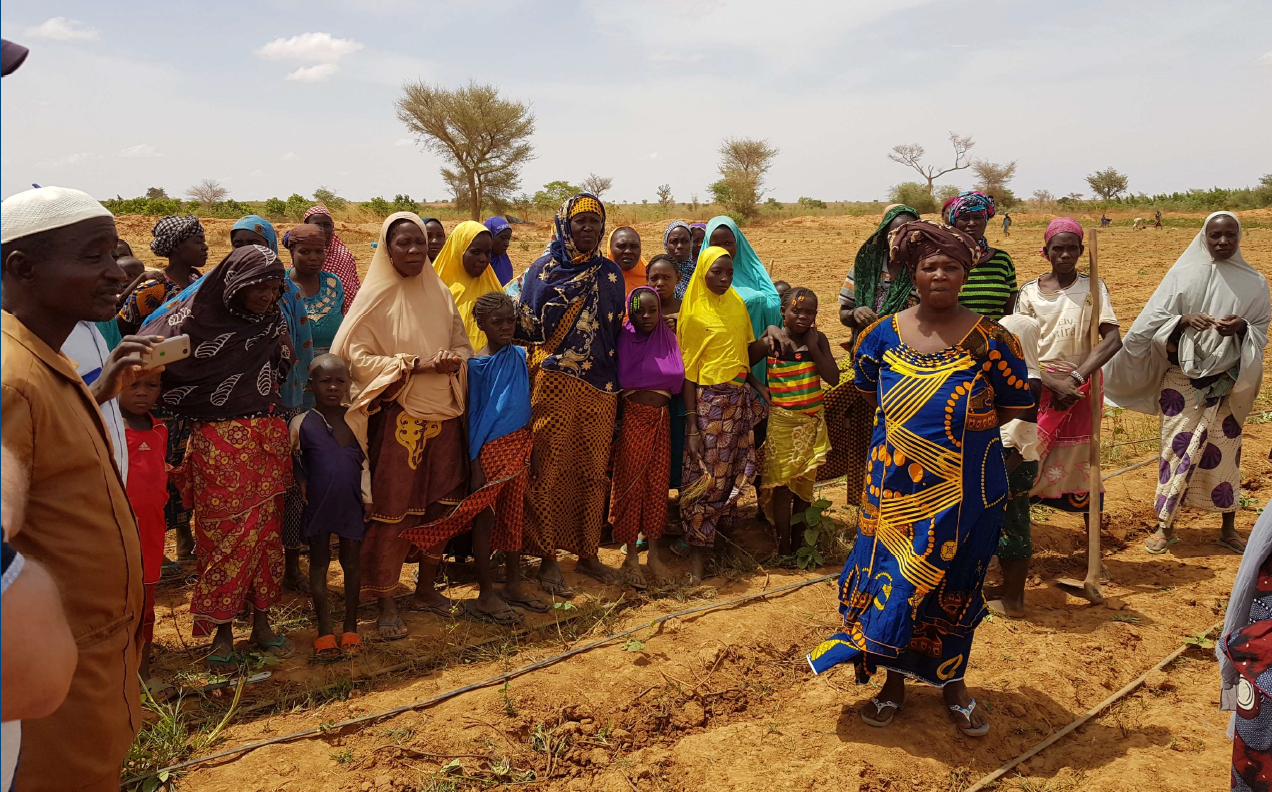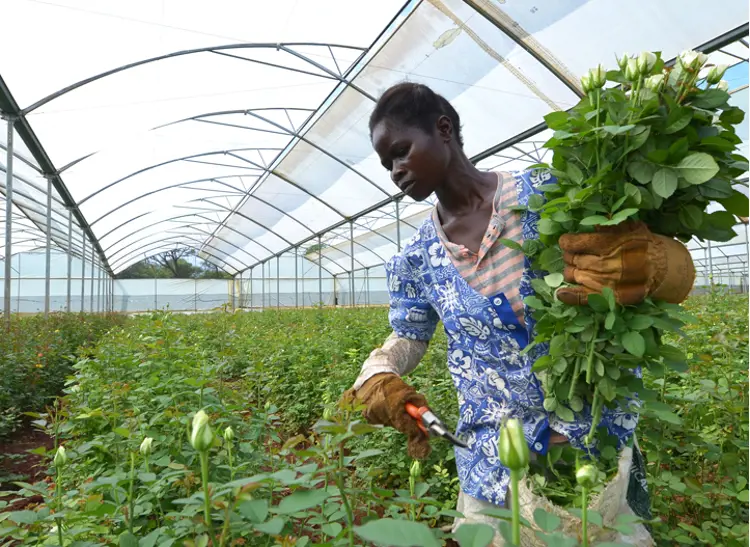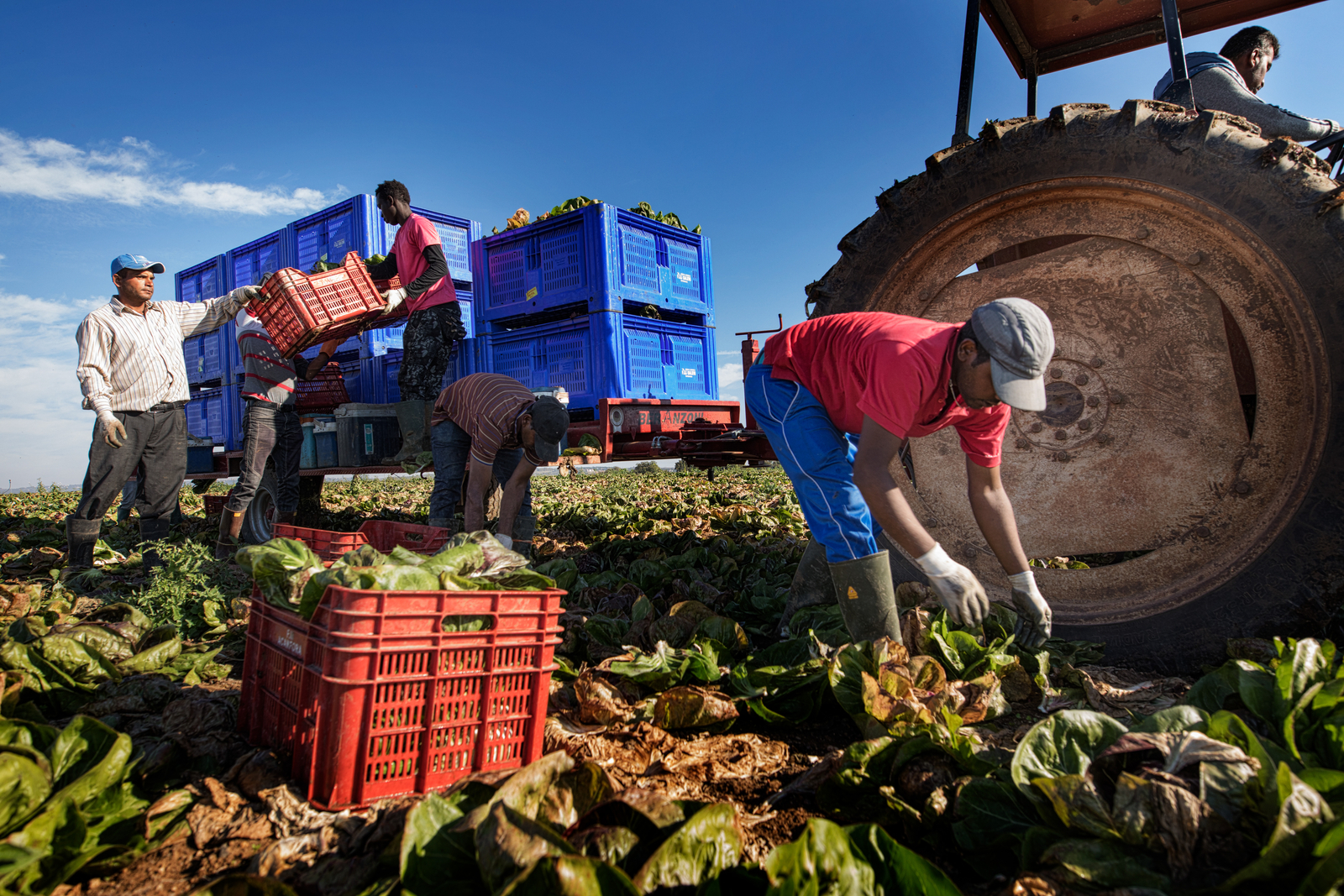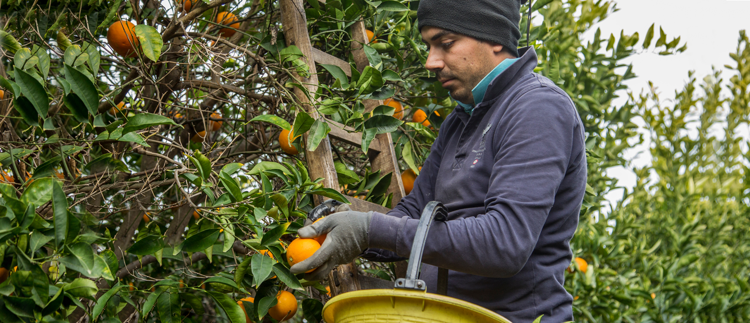Creating a sustainable food value chain
Somewhere in the food bowl of India, a middle-aged farmer is kick-starting his day by tilling his land. In Indonesia, a farmer and his wife are watering their rice-fields in the distant farmlands. All over the world, the farming scenes are portrayed by that common picture – small-scale farmers are the agricultural backbone of the teeming population.
There are over 570 million farms in the world, out of which more than 90% are managed by individuals and immediate families. While family farms produce about 80% of the world’s food, 82 million more mouths are in need to be fed every year. Securing access to food is as clearly vital, as securing those who grow it - the millions of smallholder farmers around the world.

Food security depends on smallholder farmers’ stability
The journey of our food – from field to fork is not a simple one and sustainability of the food value chain stands at a questionable juncture today.
Whether they are the owners of small plots in an emerging country providing food to a handful of villagers or larger acreages in North America and Europe, smallholder farmers across the globe face a few vital challenges:
- Limited or almost no access to capital: Farming is a capital intensive business and productivity is enhanced with investment in new equipment, irrigation, fertilizer, pesticides, improved seeds and so on. However, historically, financial institutions have been reluctant to serve this sector.
- Restricted access to technology and innovation: While a large number of rural farmlands still practice traditional farming methods, the total lack of or restricted access to state-of-the-art sustainable technology hampers the productivity potential.
- Market access: Most farmers lack the market know-how and knowledge of distribution channels, and are consequently easily duped. While the middlemen score a profit, the farmers themselves are seldom rewarded for their enterprise.

Turning traditional farms into sustainable businesses
The need of the hour is to scale up models and practices and turn the traditional farms into commercially sustainable businesses. One such model which evolved in recent years is the food value chain; an innovative agribusiness model in which all food chain stakeholders come together to work on tailored solutions for the benefit of everyone involved, with the goal of turning farms into commercially viable and sustainable farming businesses.
Nice definition isn’t it? But what does it really mean? And how can it be achieved, practically?
Some of the key elements and steps that need to be taken involve:
- Direct field to fork approach, so that farmers can skip the middleman and earn profits
- A healthy combination of global know-how and local expertise
- Investing in agricultural research and development, with a focus on specific agro-ecological and social conditions
- Technological implementations for seeds, crop protection, fertilizers etc.
- Capacity development at the individual, organizational and environmental levels
- Introducing new agricultural practices aimed at increasing food production
- Providing entrepreneurial training and marketing advice
- Access to financial capital through off-takers and traders

Food value chain around the world
In recent years, food value chain projects have emerged around the world. In Nepal, a community irrigation project involving 12 districts helped local farmers achieve their productivity potential; crop yields increased by 20 to 25% and annual income of small and marginal farmers increased between 75% to 96%. In Vietnam, financial solutions, training for better agronomic practices, and fair market prices benefited 190 coffee growers on 300 hectares of land and contributed to a 69% yield increase. Alliances like Better Life Farming help farmers around the world to rethink agricultural practices for a better crop from introducing mechanized cotton farming in the parched areas of Akola in Maharashtra and implementing drip irrigation in Swaziland and Thailand, among many other initiatives.
The primary idea behind all these projects is not just to produce more, but to produce sustainably. In Netafim, that is exactly what we strive to achieve through our community-irrigation projects in Ramthal and Tarikere in India. By applying our smart irrigation products and solutions to fight scarcity of food, water and land, we’ve contributed to significant progresses in different parts of the world, in a collaborative and partnership-based approach.
In Ramthal, private and public sectors collaborated to improve the livelihood of 7,000 farmers, in the world’s largest community irrigation project. Under this project, every farmer received water through a cylinder installed in their respective farmlands. They were asked to use this cylinder to mix fertilizers and pesticides, which in turn, reduced costs, water and pesticide usage, and increased yields.
Let us all empower smallholder farmers and help them grow more with less. If we work together to help our farmers grow their own livelihoods, they will grow their community, and will successfully feed the world’s growing population as well.
